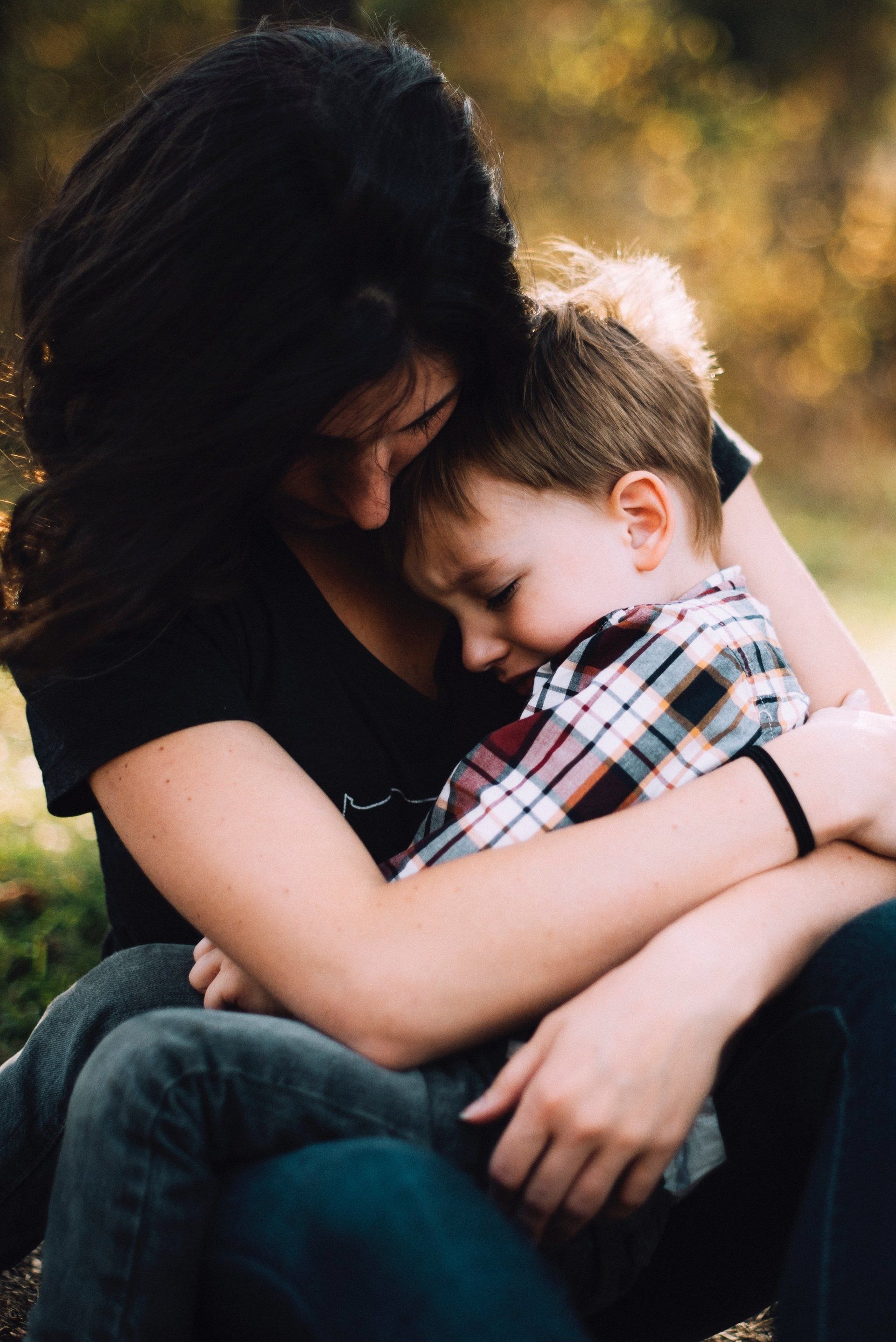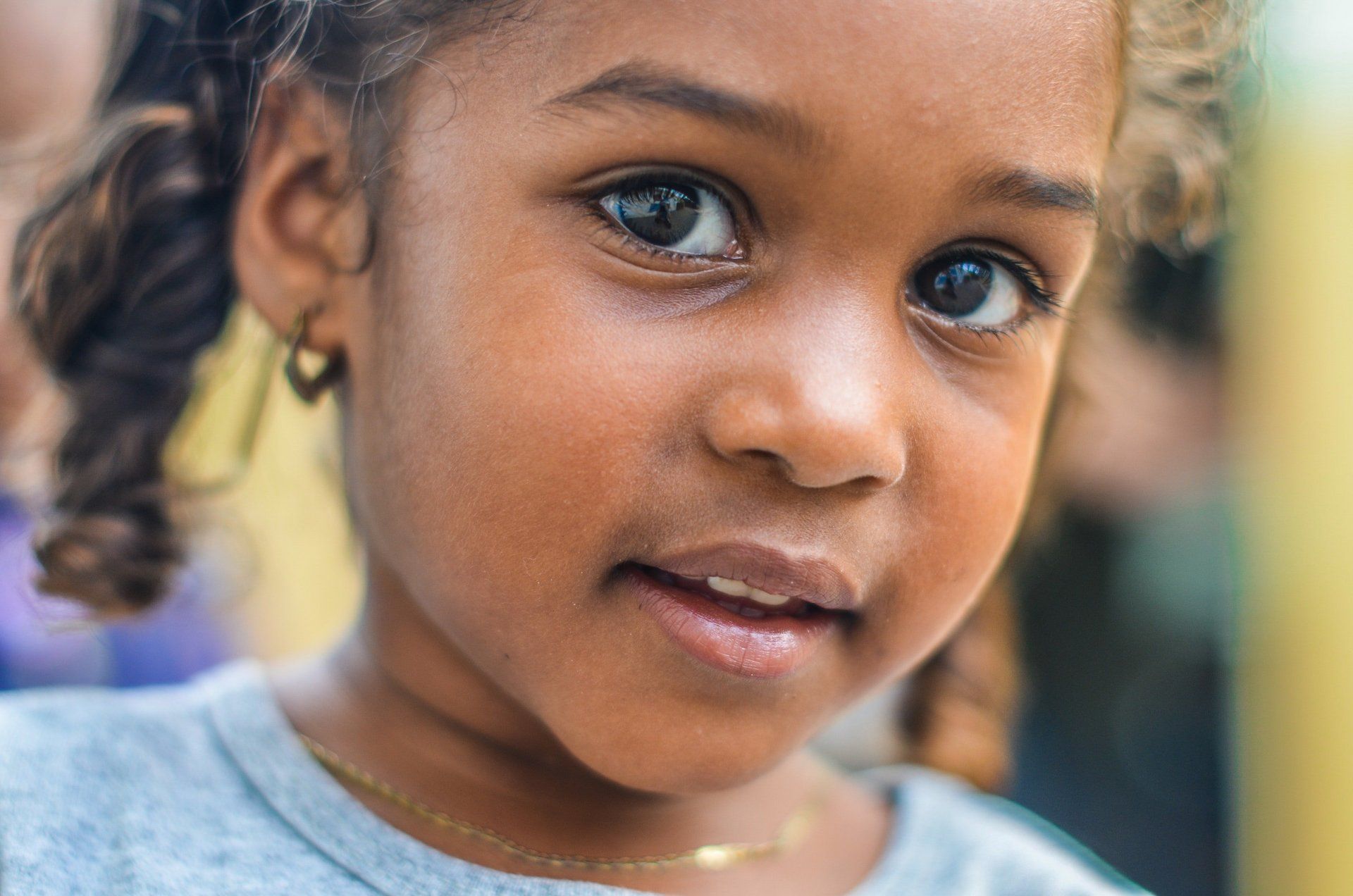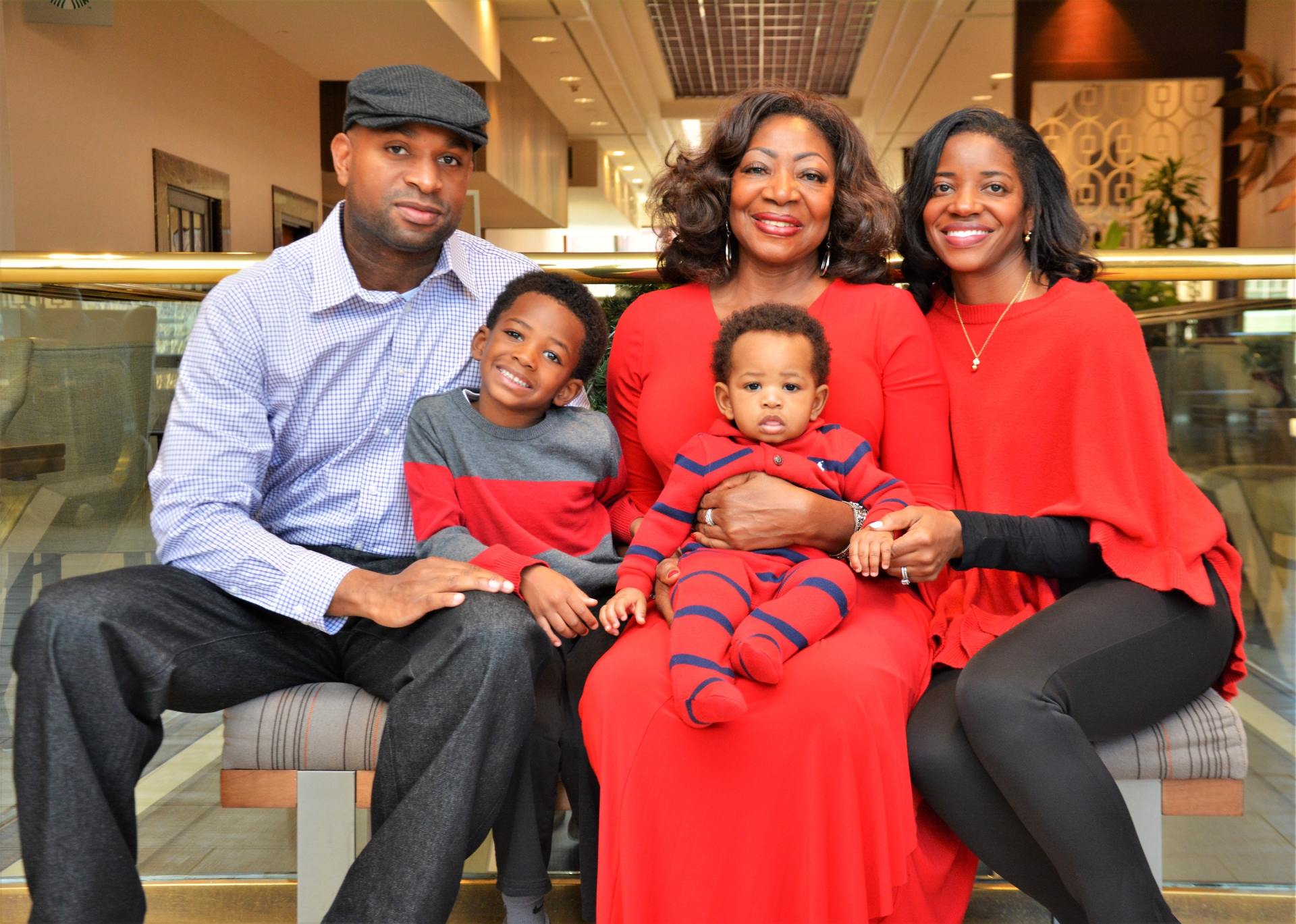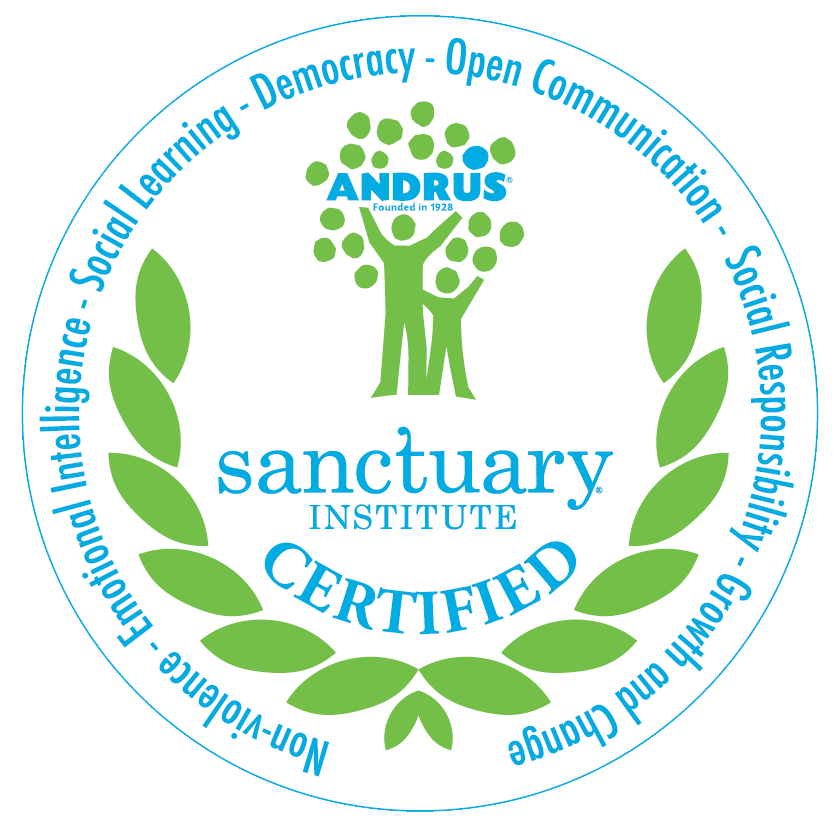The Sanctuary Model® is a process of growth and change, empowering our staff, children, and families with the tools needed to manage loss, promote healing, and create a hopeful future
The Sanctuary Model of Care® is a nationally recognized framework for providing care with a trauma-informed and trauma-responsive perspective. Acknowledging that adversity is universal to all of us, and these experiences often shape how people behave, we also understand that individuals are resilient and healing is possible.
Appreciating the effects of these past experiences, we change the question of “What’s wrong with you?” to a focus on “What’s happened to you?” Based on the knowledge that overcoming trauma, stress, and adversity requires creating an environment that promotes safety and healing, Sanctuary® utilizes interactive tools to change the way we go about working together, thinking together, acting together, and living together.
Sanctuary® Commitments
Faith Foundation- understanding and growing one's faith
Emotional Intelligence - managing feelings
Open Communication- speaking truth with kindness
Democracy- having input into decisions
Nonviolence- building safe spaces
Social Learning- respecting others and their feelings
Social Responsibility- working together
Growth and Change - creating hope for our future
S.E.L.F. is a shared language we use to understand problems and solve them without blaming others or ourselves. SELF is composed of four dimensions:
Safety - ensuring physical, social, emotional, and moral safety.
Emotion Management - recognizing and managing feelings without hurting self or others.
Loss - acknowledging and grieving past losses or traumas and committing to work against getting stuck in the past.
Future - choosing and engaging in new behaviors rather than repeating old patterns.

Individuals served participate in the development of a
Service Plan, which serves as a road map for their own personal growth and change. Guided by the framework of S.E.L.F., Service Plans address functioning, challenges, goals, and progress.


We create safety and trust through daily participation in
Community Meetings. Each individual asks and responds to three questions:
- How are you feeling?
- What is your goal for the day?
- Who can you ask for help if you face a challenge or need assistance today?
Staff and clients utilize visual reminders in the form of a personal
Safety Plan. This list of activities helps us manage our emotions when feeling overwhelmed in order to avoid engaging in unsafe behavior.
Through a group series of
Life Lessons led by staff, children and families are taught about the impact of trauma, the language of S.E.L.F., and tools and skills to promote healing and a focus on the future.

To guide a trauma-responsive culture, staff and clients utilize several tools that reinforce our shared language and commitment to Sanctuary practices. Our
Tool Kit includes:
- Core Team
- Supervision
- Training
- Community Meetings
- Team Meetings
- Self-Care Planning
- Red Flag Reviews
- Safety Plans
- Service Planning
- Life Lessons




